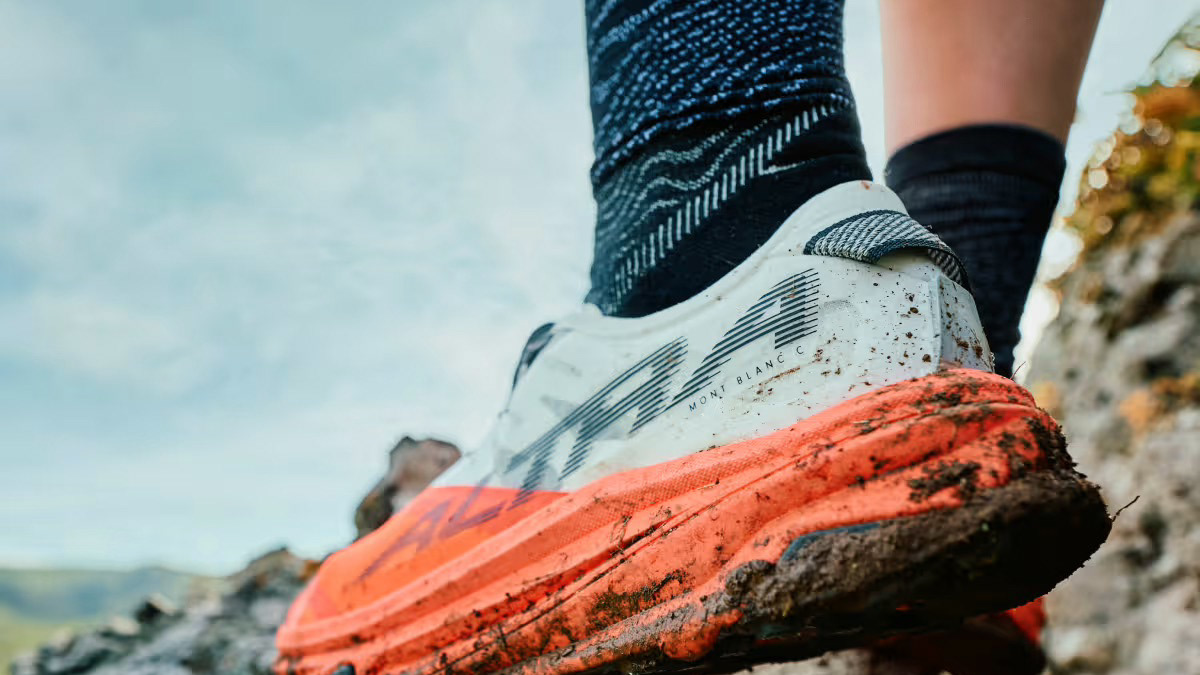Background
This project was part of the Rapid Prototyping module of the UX Upskill course at Hyper Island. Here we got to work with a client, David, a UK based physiotherapist. He is aiming to offer a mobile application to his patients to compliment the therapy he offers. He has had some design work done on the app before, but is looking decide which features will be included in the first iteration of the app when it goes to production. David presents his intentions for the mobile product like this:
"This is a new digital service that wants to break out from the clinic and deliver quality physiotherapy in any remote setting. This is enabled through an app that informs and guides patients on how to manage their health while motivating them through recovery."
The patient's needs
David explains that patients ofte struggle with fluctuating motivation to do the prescribed exercises at home. They can also struggle with, or feel inhibited by pain or a fear of doing the exercises wrong. This can easily lead to the patients skipping the prescribed exercises and as a concequence to stagnation in the healing process, or a worsening of the symptoms they experience.
The physiotherapists's needs
In working with the app, David wants to be able to impress potential investors and existing stakeholders with an app concept that empowers people to manage their recovery process.
He has five ideas for features to be included and as designers we are free to pick one of these directions to explore:
- A physio program with prescribed exercises for a set time period
- Scheduled manual techniques patients can self-apply
- Gamification approach to form exercise habit
- A dashboard with space for symptom and progress logging
- Possibilities for Augmented Reality, Voice User Interface and haptics
Research: Relaxation
I talked about the project with a friend of mine who is a physiotherapist working with chronic pain patients who said something that really stuck with me:
"If only my patients could learn how to relax!"
Relaxation plays a very big role in both healing and managing chronic pain.Starting a physiotherapy session can help the client be more focused, release tensions in the body and hence doing the exercises more efficiently. My thinking is that this would potentially also help clients build habits of relaxation and exercise that consequently builds consistency and faster recovery.
Simplified illustration of the map showing opportunities in the user journey
Mapping the user journey
Developing a user journey map was crucial in this process as it helped getting an overview of the entire project and where opportunities can open up, with the background and research fresh in mind. I divided the user journey in three main phases: Before, during and after treatment. As the user will have the treatment in mind during the day before doing the exercise (as they have commited to follow the treatment plan set up by the therapist) I imagine as we're all busy and it's simply a human trait to want to procrastinate all activities that don't bring immmediate pleasure. Doing physiotherapy exercises at home is then just another chore that the client need to do on top of everything else in their life – a hassle.
Suggestion of four different relaxation techniques to be performed before physiotherapy routine
Feature idea: relaxation techniques
How can we try to shift this perception? The physio treatment is after all self-care and has positive effects for the clients' well-being. By reframing the 'exercise' to 'relaxation' and 'me-time' my hypothesis is that the client would feel less bogged down by adding the treatment to their daily routine.
I wanted to offer self-care and relaxation techniques in the app, and make the hurdle as low as possible. Even sitting down to do some breathing exercises for a few minutes can have a positive effect on the body and mind. Doing further desk research on the topic I found several articles backing up the benefits, in addition to specific exercises.
Storyboarding
A storyboard was a good tool to have here because I needed to present the feature to the client with the impact it would have in the user's routine. This can be hard to envision when only looking at diagrams. Using my manual drawing skills (on a drawing tablet) I storyboarded a view into one of the persona's life, where she is trying to fit in regular physiotherapy into her already busy life.
User flow mapping the screens to be prototyped
Prototyping
I created a protoype in Figma of the flow from checking in, selecting relaxation method, relaxation tutorial, a few minutes of deep breathing and completing. I used the styles that the client already had had done for the app and created custom illustrations for the tutorial.
Screens from the check-in section of the prototype
Selection of screens from the Deep Breathing tutorial
Screens from the breathe guidance, with pulsating animation
Feedback and reflection
The relaxation techniques are in the app but stay separate from the prescribed exercises and can therefore be updated and changed without interrupting other parts of the app and do not have to be tailored to each patient. They can be skipped entirely if the patient do not wish to do them and they can also choose between different techniques that suits them best.
I believe this feature proposal is an efficient way to add extra value to the patient. The proposal was also shortlisted for a second pitch to the client, who also believed that this could be a way to help patients build sustainable exercise habits.
We did not have time in this unit to involve users for testing, which I believe would be the next step. Moving from Figma over to Protopie or similar for a more high-fidelity prototype would be beneficial in this stage.


